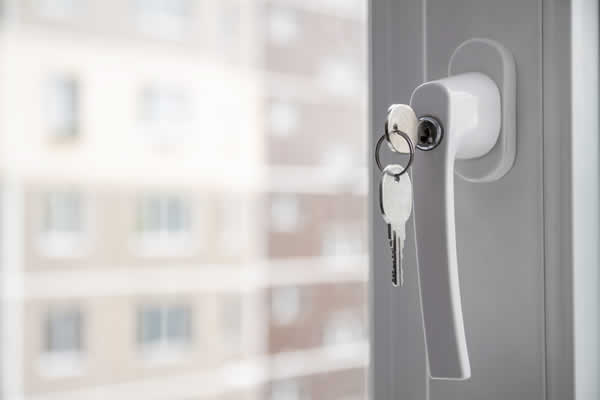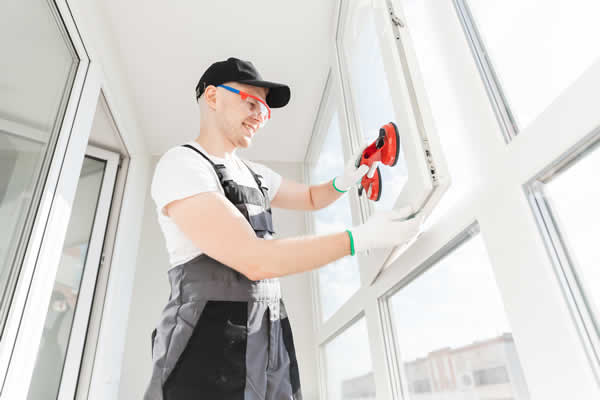Are you renovating your home, and you’re torn between aluminium and uPVC for your window joinery? It’s good to note that both materials are viable for this use. This begs the question; how then do you choose between the two? Well, this article will give you the basic but essential guidelines to consider in your selection process. Read on!

Consider Durability
Durability, in this context, refers to how long your window joinery will last, based on its physical characteristics. Is the joinery affected by harsh weather or rot? Will it warp or rust? Such are the questions to ask your vendor or contractor.
When it comes to uPVC, it’s a naturally durable material. Because it’s made of plastic, it’s resistant to most deteriorating factors, such as rust. This makes uPVC a durable material you can choose for your window joinery.
Aluminium is also durable, but it needs some manipulation to increase its durability. Manipulation is made possible through alloying. You might need to anodize the aluminium to make it corrosion-resistant or powder coat it to make it weatherproof. At the end of the day, you’ll achieve durability, most likely more than uPVC.
Your choice here is dependent on preference.
Look At Strength
Strength, in this case, is the ability of your aluminium joinery to withstand knocks, constant opening and closing, and to hold glazing weight.
The advantage of aluminium joinery is that it’s strong despite its lightweight nature. This means that it can hold your glazing, whether double or triple, without buckling. The strength property also allows you to increase the surface area of your window glazing by reducing its frame. This enables you to achieve adequate natural lighting in your space.
uPVC, on the other hand, is a strong material but not as strong as aluminium. You have to think outside the box and manipulate it to make it serve the same purposes as aluminium. With aluminium, you can achieve large window glazing while utilising a small frame, as previously stated.
You can also do the same with uPVC, but in this case, you have to increase the width of the frame. The extra width will give your uPVC frames enough strength to hold your glass panes without buckling. However, it’s good to note that you won’t achieve the same window glazing surface area as the aluminium. The big uPVC frame will consume some considerable space.
Consider Style
It’s commonly said that you can learn a lot about a person by looking at their surroundings. Therefore, you should ensure that your window joinery matches your style and current theme.
uPVC is a material that blends in well if your building is old or has a country or rusty look. The uPVC won’t stand out as much but won’t be boring.
On the other hand, aluminium window joinery is excellent for a modern-styled home. You can incorporate it in many ways, from casement windows to sliding ones. However, the most current trend is the sliding window; it has a touch of elegance and sophistication to it, without being overpowering.
Therefore, when it comes to the style of your window joinery, choose one that matches your building’s theme for a perfect blend.
Factor-In Security
With your windows providing a possible entry and exit point, you need to ensure they have safety features to protect your property.
Here, you can achieve security with both aluminium and uPVC. You can customise the type of security system you need for both by having multiple locks on a single window. There are various lock systems available that you can choose from for your space.

Consider Insulation
The insulation property of a material is its ability to contain the temperatures in your home. There should be minimal heat gain or loss through your window.
As previously stated, uPVC is made of plastic, which is a warm material. This means there’s barely a possibility of it contributing to heat loss or gain, especially since it’s not a conductive material. Based on this, uPVC offers insulation properties to your home.
Standard aluminium joinery doesn’t have insulation properties due to its conductive material. However, you can alter this by introducing a thermal break on your aluminium window joinery. Do this by placing a film between your aluminium frames to break the contact between the two metal frames. The film acts as a barrier and will prevent heat transfer from one frame to the other.
For both, you can double or triple glaze your windows to increase insulation.
From the above, it shows that you can achieve insulation with both materials. The distinguishing factor is how far you’re willing to go to achieve the insulation and the readily available option in the market.
Conclusion
This article has highlighted the major aspects you need to look at as you select the material for your window joinery. The main focus has been on aluminium and uPVC materials. As seen, both have varying but relative differences in their performance characteristics. Based on this, the take-home is that you should base your choice on your needs and preference. This is a sure way of ensuring you select the right window joinery for your windows.
